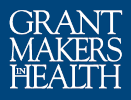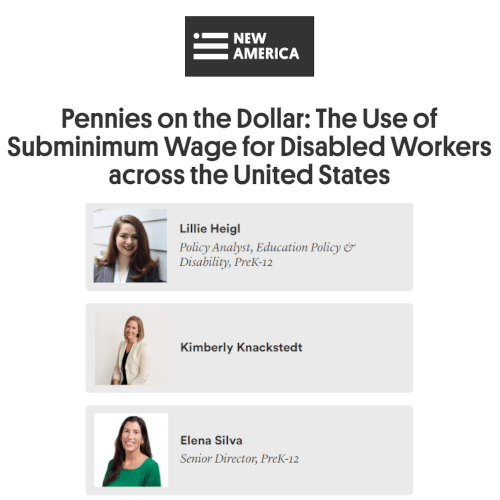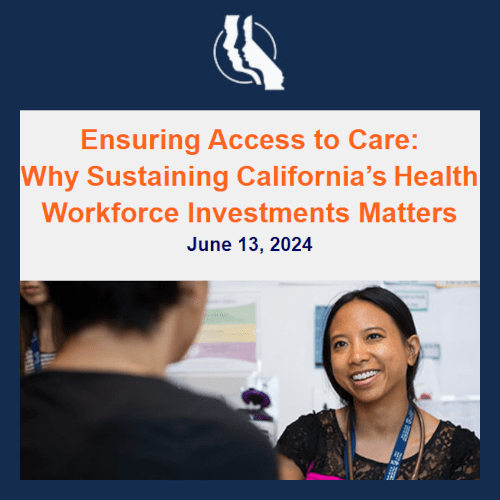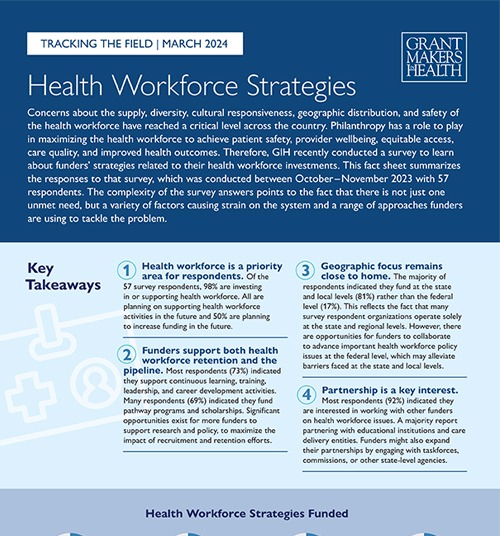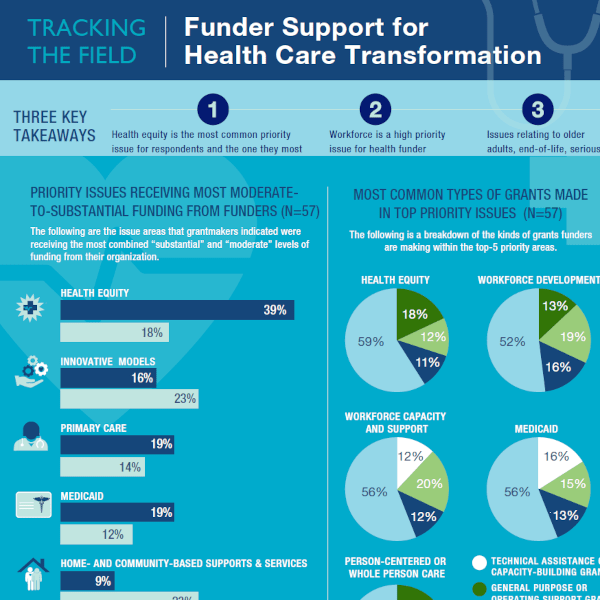Supporting Community Health Workers to Achieve Their Full Potential: What Role Can Philanthropy Play?
Community Health Workers (CHWs)—frontline public health professionals who have a unique and trusted relationship with the communities they serve—have proven their ability to help create just, equitable, and thriving communities. As a CHW for over a decade and a CHW ally for over 35 years, we have never witnessed a time of greater interest and investment in the CHW workforce. Amidst a rapidly changing CHW funding landscape, the philanthropic community has an important role to play in assuring that CHWs are able to make an optimum contribution to communities and to the health system.
The Commonwealth Fund: September 2024
This brief reports on responses from community health centers leaders who were surveyed about care delivery, technology, workforce, and more. Findings highlight critical staff shortages amid rising demand for care and limited resources.
Foundation for Opioid Response Efforts: July 2024
The Opioid Crisis Innovation Challenge marks an expansion of FORE’s Innovation Program, which was launched in 2022 to support projects that combine strategies from diverse fields and engage multidisciplinary teams in tackling some of the most intractable problems associated with the nation’s opioid-related addiction and poisoning crisis.
Ensuring Access to Care: Why Sustaining California’s Health Workforce Investments Matters
California’s shortage of health workers threatens people’s ability to access the care they need to live healthy lives. In response, state policymakers have taken significant steps over the past five years to expand and diversify the health workforce by funding various programs to recruit, educate, train, and retain health workers. However, as the state deals with substantial budget challenges, it is critical that these investments be sustained.
2024 Survey Summary: Health Workforce Strategies
Concerns about the supply, diversity, cultural responsiveness, geographic distribution, and safety of the health workforce have reached a critical level across the country. Philanthropy has a role to play in maximizing the health workforce to achieve patient safety, provider well-being, equitable access, care quality, and improved health outcomes. Therefore, GIH recently conducted a survey to learn about funders’ strategies related to their health workforce investments.
Milbank Memorial Fund: March 2024
The Milbank Memorial Fund released The Health of US Primary Care: 2024 Scorecard Report — No One Can See You Now, which measures the health of primary care by accessibility, investments and financing, workforce, and research. The report includes state-by-state data and policy recommendations.
Philanthropy’s Impact on Health Care Systems: Supporting the Creation of a Community-Health Worker-Based Chronic Care Management Model in Appalachia
Guided by its mission of “helping people help themselves,” the Claude Worthington Benedum Foundation strategically invests in the creative problem-solving activities of local communities and individuals. For the past decade, the Benedum Foundation has accomplished this mission in its support of a particular health care delivery model: efficient chronic disease management through a medical model leveraging the skills of community health workers in Appalachia. This model provides unique patient care, has shown success for improving the health conditions of a target population, and reduced health care costs—accomplishments that align with the Institute of Health Improvement’s Triple Aim framework.
State Strategies for Health Care Workforce Recruitment and Retention
Participants joined this webinar to learn more about innovative state policies to promote health care workforce recruitment and retention and explore ways philanthropy can advance these policies at the state level.
Funder Support for Health Care Transformation
This infographic summarizes the responses to a Grantmakers In Health funder poll, conducted October 2022, on how philanthropy is supporting health care transformation efforts, especially those concerned with improving quality of life, coordinating complex care, and taking patient preferences into account.
